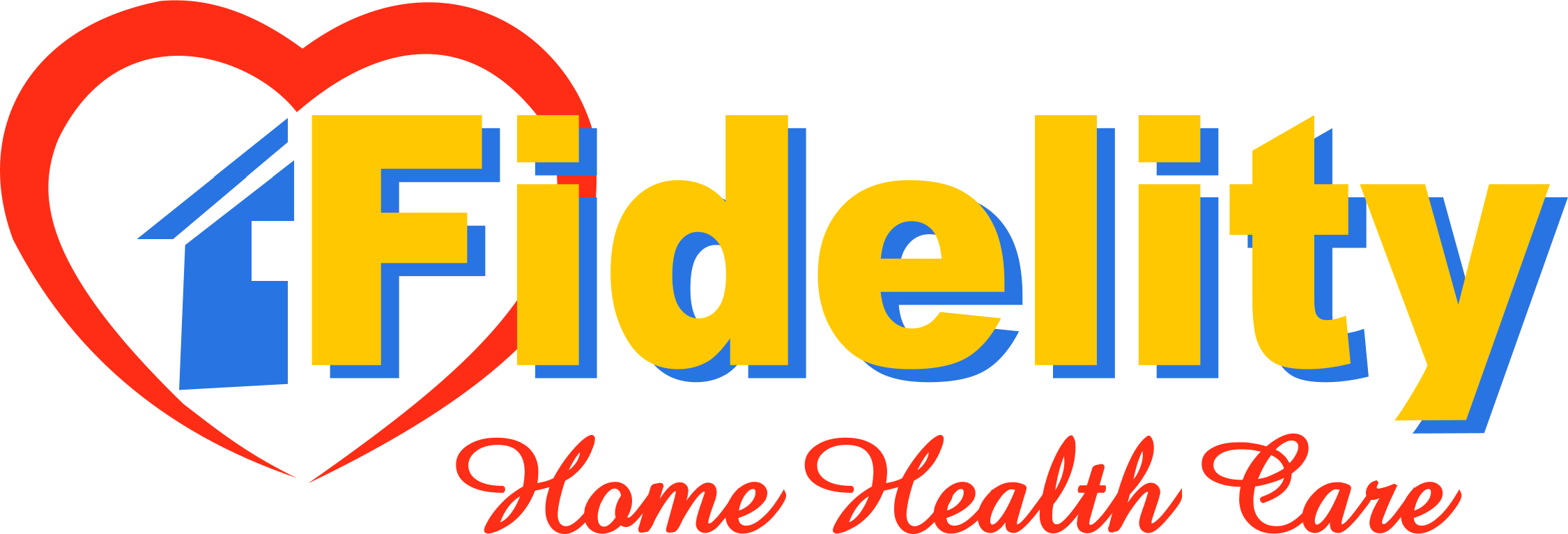Lower high blood pressure with food
Fiddling with diet to control cholesterol makes perfect sense. After all, some of the cholesterol that ends up in arteries starts out in food. Changing your diet to control blood pressure doesn’t seem quite so straightforward. Yet food can have a direct and sometimes dramatic effect on blood pressure.
Salt certainly plays a role. But there is far more to a blood pressure–friendly diet than minimizing salt intake. Fruits, vegetables, low-fat dairy foods, beans, nuts, whole-grain carbohydrates, and unsaturated fats also have healthful effects on blood pressure.
There isn’t a single “magic” food in this list. Instead, it’s the foundation for an all-around healthful eating strategy that is good for blood pressure and so much more. They also help prevent some of the feared consequences of high blood pressure.
Why bother?
Hypertension is the ultimate stealth condition. You’d never know you have it without having your blood pressure measured — or until high blood pressure begins to damage vital organs.
Half of the 65 million American adults with high blood pressure don’t have it under control. That’s worrisome given the insidious consequences of high blood pressure. It is the leading cause of stroke in the United States. It contributes to thousands of heart attacks. It overworks heart muscle, leading to heart failure. It damages the kidneys, erodes sight, interferes with memory, puts a damper on sexual activity, and steals years of life.
| Blood pressure categories | |||
| Systolic | Diastolic | ||
| Normal (optimal) | <120 | and | <80 |
| Elevated | 120-129 | and | <80 |
| Stage 1
Hypertension Stage 2 Hypertension |
130-139 ≥140 |
or
or |
80-89
≥90 |
10 tips
Drugs that lower blood pressure tend to work well. But they don’t necessarily attack the cause of the problem. And no matter how safe they are, all drugs can have some unwanted or unintended side effects.
A healthful diet is an effective first-line defense for preventing high blood pressure. It is an excellent initial treatment when blood pressure creeps into the unhealthy zone, and a perfect partner for medications. Unfortunately, translating the dietary strategies tested in clinical trials into diets for daily life hasn’t been easy.
Here’s evidence-based advice about diet and blood pressure, complete with a weekly shopping list (see below):
- Eat more fish, nuts, and legumes (beans).
- Try to burn at least as many calories each day as you take in.
- Turn to vegetables and fruits instead of sugary or salty snacks and desserts.
- Select breads, pasta, and other carbohydrate-rich foods that are made from whole grains instead of highly refined white flour.
- Eat fruit instead of drinking fruit juice.
- Use unsaturated fats like olive, canola, soybean, peanut, corn, or safflower oils instead of butter, coconut oil, or palm-kernel oil.
- Rely on fresh or frozen foods instead of canned and processed foods.
- Choose low-sodium foods whenever possible; use herbs, spices, vinegar, and other low-sodium flavorings instead of salt.
- Decrease your caloric intake if you need to lose weight.
- If you need help, record everything that you eat day by day for a week. Have this information reviewed by a dietitian.
Weekly shopping listAs an aid for healthier eating, here’s a sample weekly shopping list. |
||
| Type of food | Servings per week | Amount to buy for a week |
| Leafy salad greens (lettuce, spinach, etc.) | 4 | 1–2 heads or bags |
| Other greens (kale, chard, etc.) | 4 | 1–2 bunches |
| Broccoli, cabbage, cauliflower | 3 | 1–2 heads |
| Tomatoes, carrots, peppers, avocados, eggplant, and other colorful vegetables | 15 | 8–12 items |
| Celery, green beans, peas | 3 | 1/2 pound |
| Fresh fruit (apples, pears, grapes, bananas, peaches, oranges, etc.) | 20 | 15–20 items |
| Dried fruit (raisins, prunes, dates, etc.) | 8 | 1/2 pound |
| Tomato sauce, paste, juice | 4 | 2 jars or cans |
| Fruit juice | 4 | 1 quart |
| Fish, shellfish | 2 | 1 pound |
| Chicken, turkey | 2 | 1 pound |
| Red meat (limit cold cuts, sausage, other processed meats) | 1 | 1/4 pound |
| Eggs | 3 | 3 large |
| Dried beans | 3 | 1 pound |
| Breakfast cereal (preferably whole grain) | 2 | 1 1/2–2 cups |
| Pasta, rice, grains | 3 | 1/2 to 1 cup (dry) |
| Low-fat or skim milk | 10 | 1/2 gallon |
| Yogurt | 3 | 3 cups |
| Cheese | 4 | 1/4 pound |
| Nuts | 10 | 1/2 pound |
| Olives | 2 | 1/4 to 1/2 pound |
| Baked goods (whole-grain bread, rolls, waffles, etc.) | 20 | 1 1/2 pounds |
| Popcorn, pretzels, chips | 3 | 4 1/2 ounces |
| Chocolate | 1 | 7 ounces |
| Cooking oils | 12 | 3/4 cup |
| Table fat (olive oil, oil-based spread) | 16 | 1/3 cup |
| Salad dressings and mayonnaise | 21 | 1/2 cup |
| Sugars | 24 | 1/2 cup |
| Desserts | 1 | 1/2 cup |
| Salt | 7 | 2 1/3 tsp |






